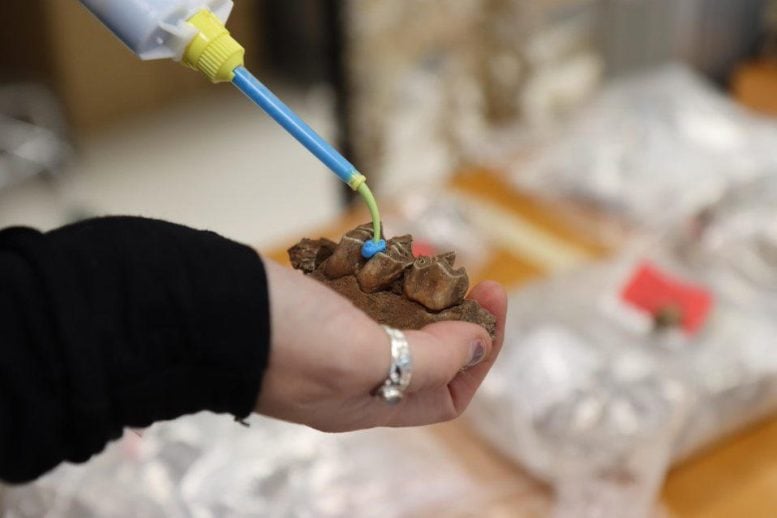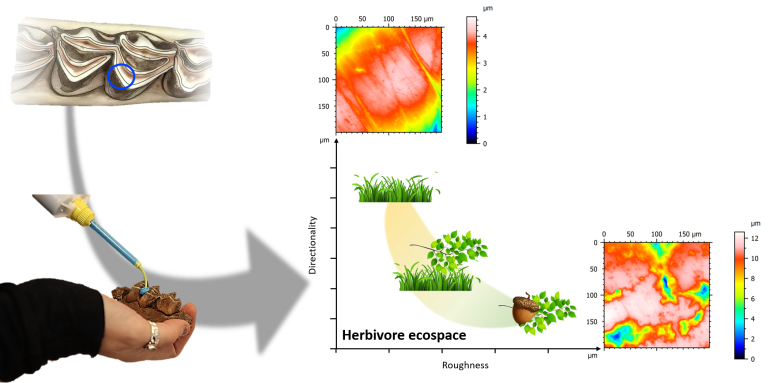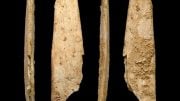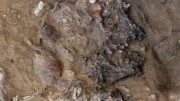
Neanderthals were a species of archaic humans that lived in Europe and Asia from around 400,000 to 40,000 years ago.
The remains of hunted animals at Combe-Grenal, France, showed that they were consistently sourced from open tundra-like habitats.
A study conducted by Emilie Berlioz of CNRS/Université Toulouse Jean Jaurès and colleagues, and published in the journal PLOS ONE, has found that Neanderthals in Combe-Grenal, France, favored hunting in open environments and maintained this strategy despite periods of climatic change. This research was part of the ANR DeerPal project and provides valuable insight into the hunting habits of Neanderthals in this region.
For many millennia during the Middle Palaeolithic, from around 150,000 to 45,000 years ago, the Neanderthals made Combe-Grenal in France their home. These ancient humans hunted the local animals, whose remains have been discovered at the site. The region underwent frequent fluctuations in climate and environmental conditions during the Neanderthals’ occupancy, affecting the behavior of the local wildlife.

Dental molds for dental microwear analysis, aiming at deciphering the paleoenvironments exploited by Neanderthal populations. Credit: Aurora Diaz Obregon, CC-BY 4.0
In this study, Berlioz and colleagues investigated the habitat preferences of species hunted by the Neanderthals to investigate whether these environmental shifts affected Neanderthal hunting strategies.
The authors examined nearly 400 specimens of hunted animals from the site, including bison, aurochs, red deer, and reindeer, using wear on the animals’ teeth to infer their diets during the final days of their lives. The animals were found to have fed predominantly on plants growing in an open, tundra-like environment. This pattern was consistent across the many millennia recorded at Combe-Grenal, suggesting that these hunted animals continued to prefer an open-habitat feeding ecology, even during times of significant climate fluctuations.

From dental facets to paleoecological reconstructions. Credit: Emilie Berlioz, CC-BY 4.0
As a result, Neanderthal hunters “stayed in the open”, and were not forced to switch to hunting tactics adapted to close encounters in forested environments. In Combe-Grenal, these results put into perspective the link generally established between the evolution of the production of lithic tools and the adaptation of hunting strategies of human populations in response to environmental changes
This information is essential to understanding the influences of local environmental changes on material culture or human history. Further examination of similar data at other sites will allow researchers to investigate whether this trend holds true at different times and in different regions.
The authors add: “Dental microwear texture analysis of ungulate preys at Combe-Grenal shows Neanderthal hunting strategies were unaffected by climatic and environmental oscillations throughout millennia.”
Reference: “A long-term perspective on Neanderthal environment and subsistence: Insights from the dental microwear texture analysis of hunted ungulates at Combe-Grenal (Dordogne, France)” by Emilie Berlioz, Eugénie Capdepon and Emmanuel Discamps, 18 January 2023, PLOS ONE.
DOI: 10.1371/journal.pone.0278395









Be the first to comment on "Combe-Grenal Neanderthal Hunting Strategies Were Unaffected by Climate Change"